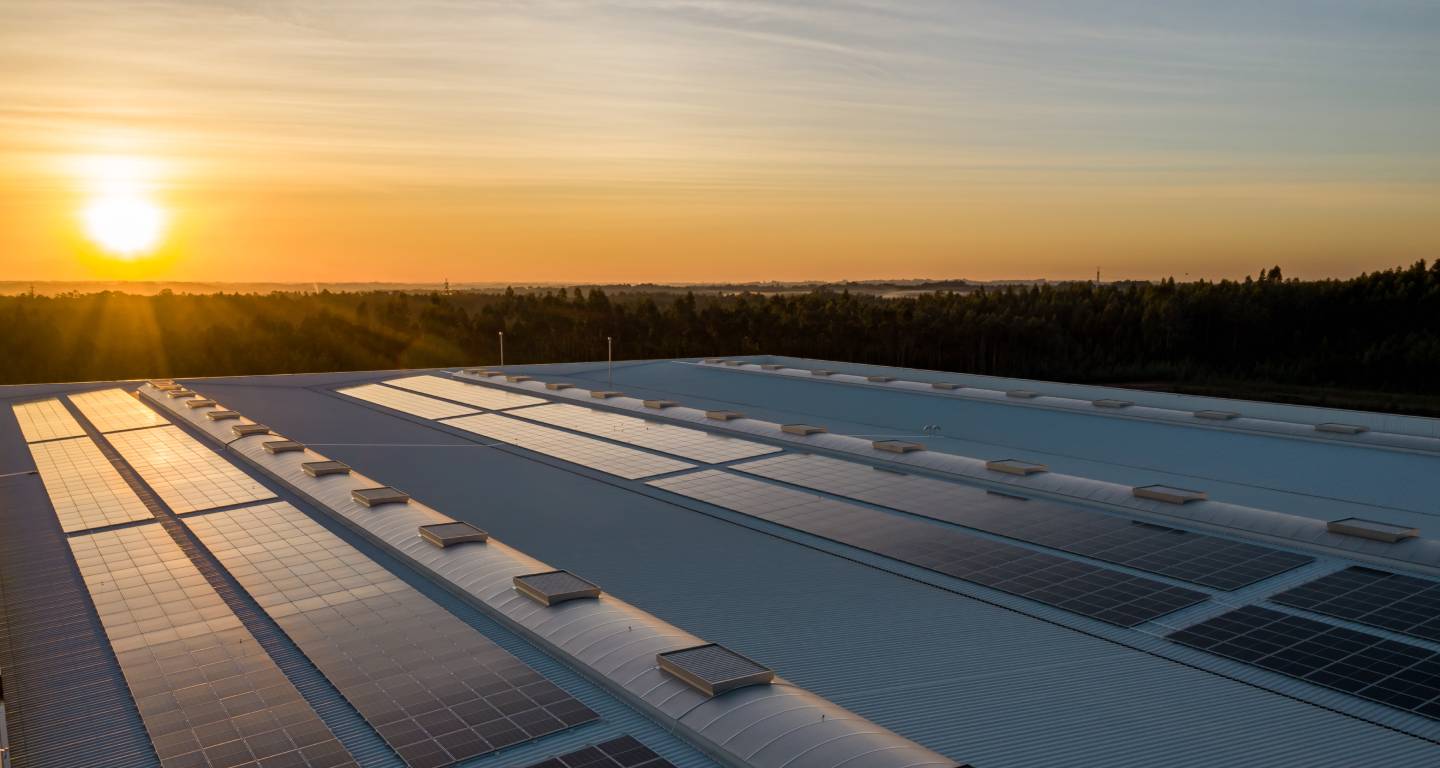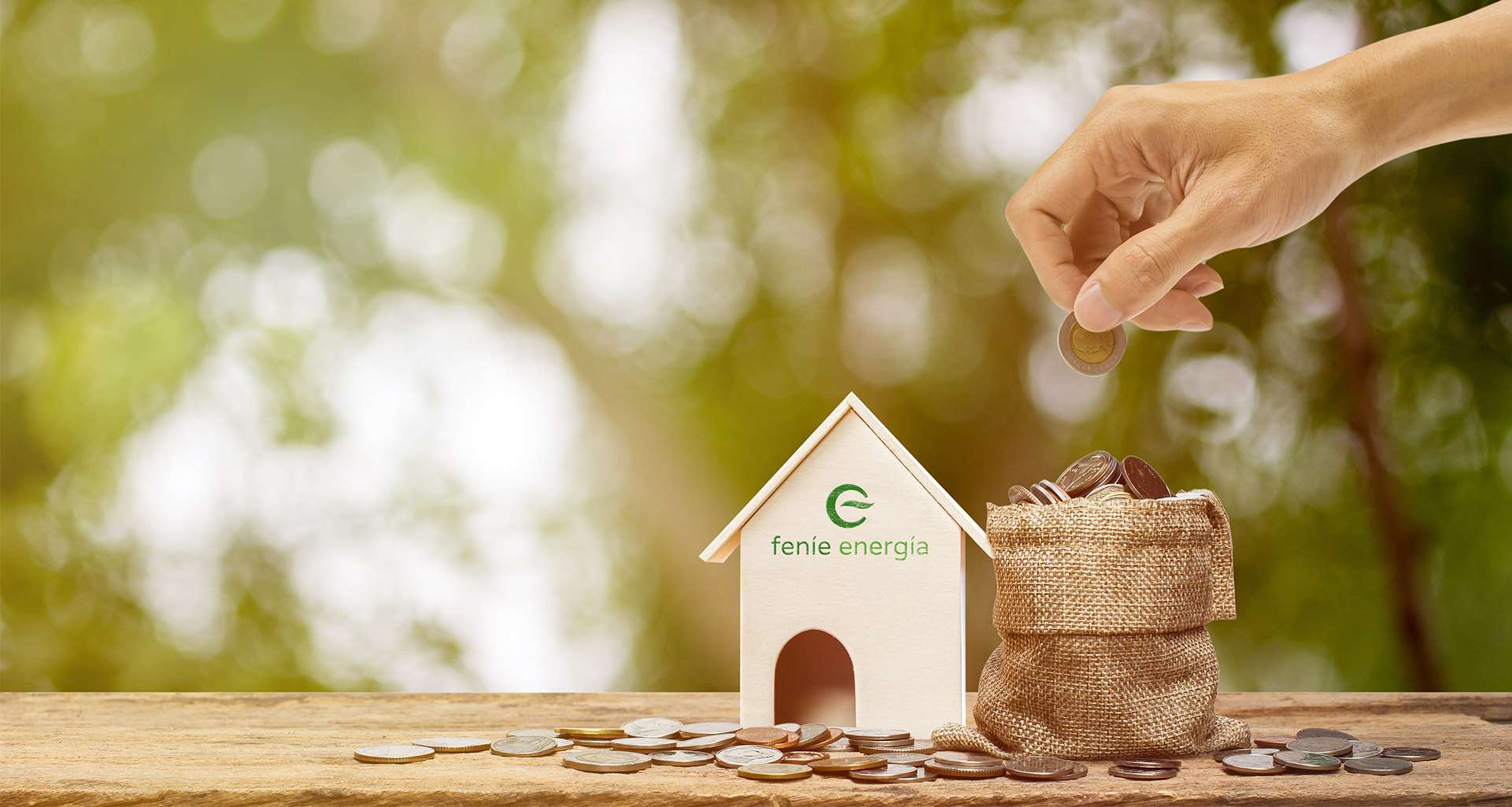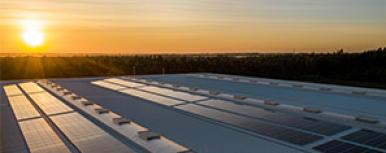Pause video
Play video
Self-consumption makes your business more profitable and sustainable
Whether or not you have self-consumption, we have a sustainable solution for your company and the best advice from our Energy Agents.
> Use our filters to refine your search
Benefits of self-consumption in your business with Feníe Energía
Save with self-consumption
Save up to 30% on your electricity bill by installing self-consumption.
Self-consumption surplus
Receive compensation for your self-consumption surplus of solar energy.
Fenie Energía Solar Wallet
Accumulate all the energy that you do not compensate and leave your bill at zero.
Feníe Enerrgy agents
Receive personalised guidance from your Feníe Energy Agent.
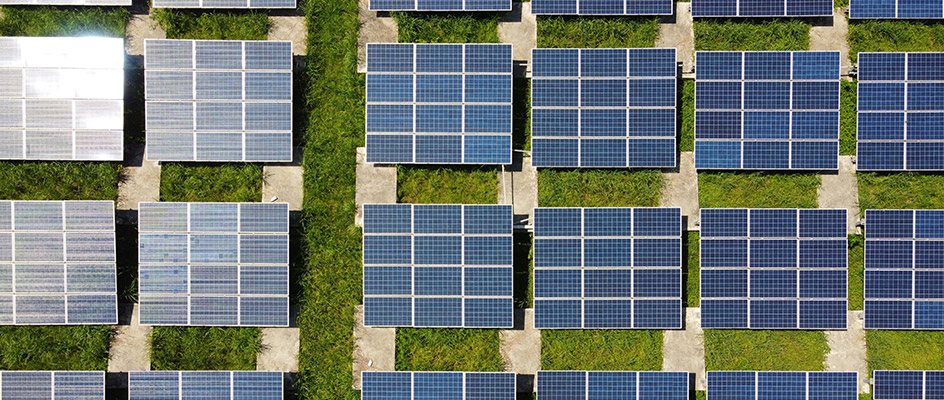
Want to know more about your solar installation?
Frequently Asked Questions
What is photovoltaic self-consumption?
Self-consumption consists of generating electricity for your own use by harnessing the sun's energy using photovoltaic solar panels. This energy can be used for any purpose within your company.
Self-consumption not only helps to reduce dependence on the electricity grid, but also promotes the use of clean and renewable energies, contributing to energy and economic savings.
At Feníe Energía, we offer advice and comprehensive solutions for the installation of self-consumption systems in your company.
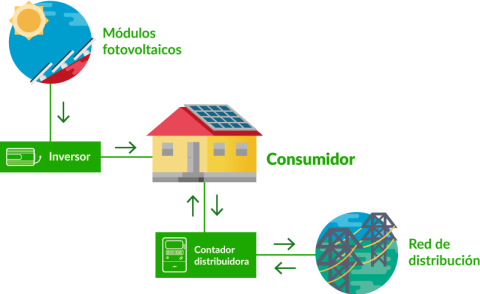
What is the difference between individual and collective self-consumption?
We speak of individual self-consumption when the installation is used to supply energy to a single consumer or in other words, when there is only one supply point registered and associated with that installation.
In the case of several consumers or several supply points linked to a self-consumption installation, we will be talking about "collective self-consumption". An example of that would be a residential property owners’ association where there are several different suppliers and they decide to share a solar installation and distribute the energy generated.
What is the difference between self-consumption with or without a surplus?
A self-consumption installation in the home has a surplus when the consumer is not able to use all the energy generated and therefore has surplus, i.e. there will be excess production. If the consumer is able to use all the energy produced, there will be no surplus generation.
What happens to the energy I don’t use?
The energy transferred to the network can be used in two ways:
- Compensation for in billing (simplified compensation)
- Energy sale contract. This process is complex and requires registration as a producer Except for special cases, we recommend not doing this for installations below 100 kW.
- Another possibility to manage surpluses is to store the excess energy in batteries in order to have it available when it is needed. Battery prices are currently very competitive and it’s an excellent option.
Can I benefit from the surplus compensation?
A self-consumer can benefit from the surplus compensation when the production installation is less than or equal to 100kW; if the power is greater than 100kW, the energy will be sold on the market through a market representation contract signed with the marketer.
How will the surpluses be billed?
On the bill, a valuation of the surpluses is made at a price previously stipulated and agreed with Feníe Energía or may be valued indexed to wholesale market prices.
The compensation consists in valuing the surpluses at that price and then subtracting them from the bill.
The consumer will continue to pay the fixed part of the bill, which is to say the power term and the taxes, and at most it will be possible to compensate the amount corresponding to the variable part of the bill, i.e. the amount of the kWh consumed. That part cannot be negative, therefore the maximum sum to be compensated will be that which makes that amount zero. This is a compensation in economic terms rather than in energy terms.
What elements comprise a self-consumption installation?
A self-consumption installation consists of several elements:
- First of all, it includes a generator field, mainly made up of photovoltaic panels. The energy produced by this equipment is direct current.
- Secondly, we have a grid inverter with the function of converting the energy generated with the panels into alternating current, so that it can be consumed in the consumer's regular grid and also allows us to visualize the energy generated and consumed through application or web portal that receives the data from the installation.
- The photovoltaic modules sit on a structure, mainly made up of metal parts to which the solar panels are attached by means of screws and fixings.
- The installation features cabling and electrical protection to ensure the safety of the installation.

How much space does a self-consumption installation take up?
The surface that occupies the solar home installation varies depending on the number of modules installed but approximately one installation with 1kW peak would be formed by 2-4 panels, occupying a surface of between 4 and 8m2.
Will I save money if I install self-consumption?
Yes, the inclusion of self-consumption in the home is always synonymous with savings, but it is essential to carry out a study of the real needs of the consumer so that the installation is correctly sized, and the use of the energy generated is the maximum possible, ensuring a profitable and sustainable model.
What are the benefits of self-consumption for the environment?
Home self-consumption has innumerable advantages both for the owner and the environment.
For the home or business owner, they get a very beneficial and competitive long-term economic model for electricity consumption that will increase the value of the property, ensuring energy savings, according to the type of facility, helping to increase the purchase power of the owner.
In terms of the environment, the generation of solar energy achieves considerable reductions in, or even the elimination of, CO2 equivalent emissions into the atmosphere, contributing to the reduction of emissions and helping to create a sustainable future.
Our best presentation, the opinion of clients and agents
Learn about our success stories and other news about self-consumption
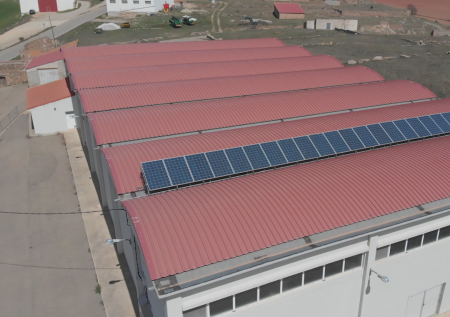
Instalación de un autoconsumo colectivo de 5kW de potencia que surtirá de energía a los edificios públicos de Malanquilla
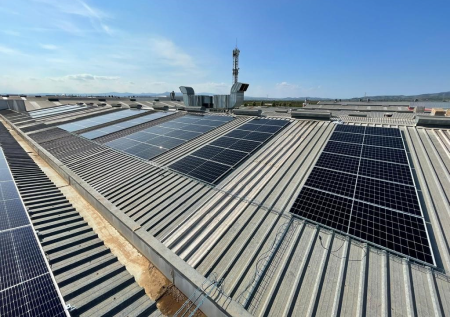
Weidner podrá ahorrar casi 40.000 € en su factura por esta instalación de paneles solares
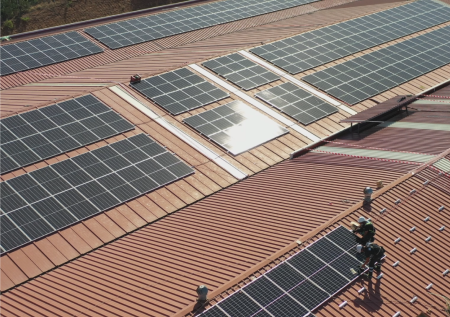
Instalación de placas solares con 220 kW de potencia en la Cooperativa Extremeña de Ajos de Aceuchal S.C.
